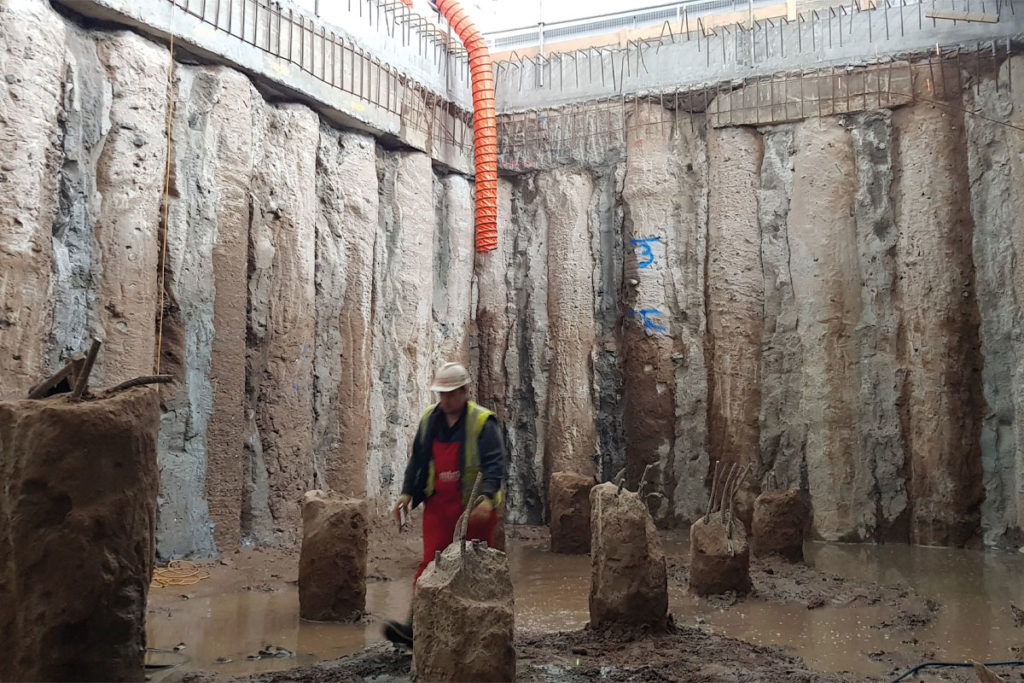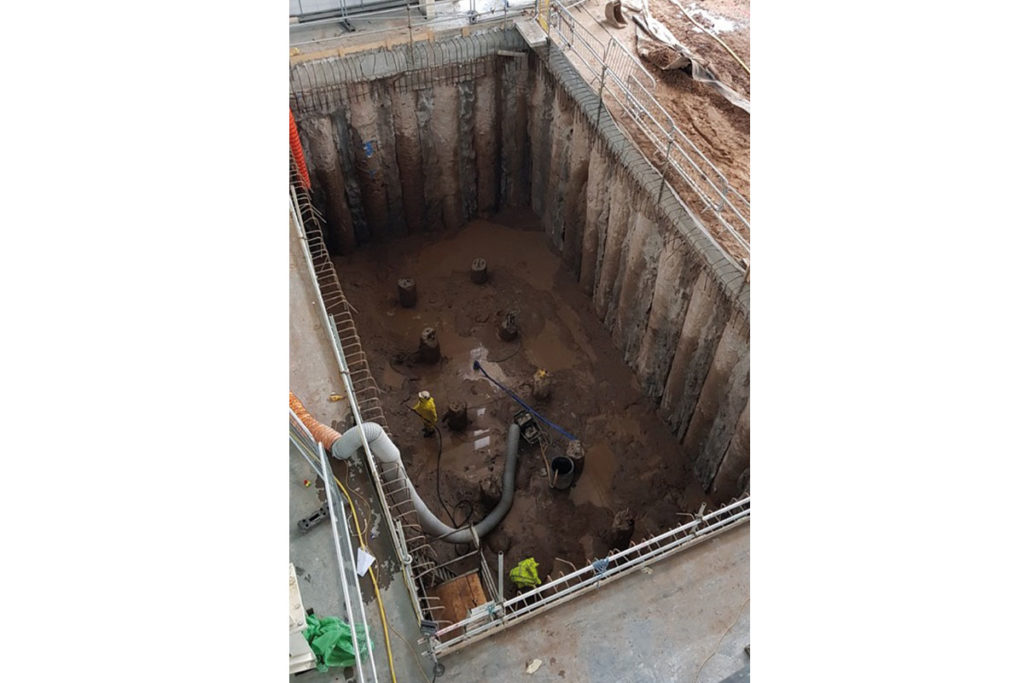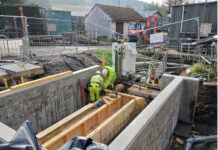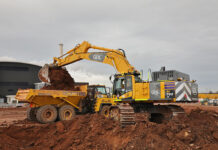
KELLER UK has utilised secant box methodology on a challenging project in Montrose to create an underground testing pit at an oil and gas facility.
Main contractor MTM Construction was commissioned to carry out works at Baker Hughes, part of General Electric.
Keller said that during construction within the live compound, there was a need to construct foundations to support a new shed facility and its underground testing pit.
Consultants Ramsay and Chalmers outlined the need for a complex foundation solution and involved Keller from an early stage in the process.

Although secant box methodology was a new technique for Keller UK, it has been utilised in other business units across the world.
A hybrid solution was devised in response to challenging ground conditions of ‘dense saturated sandy strata’.
A solution came in the form of 900mm diameter CFA piles, installed first with the jet grout columns being sized to seal between the piles and construct the watertight wall. A further 88No plug columns were then added, up to a diameter of 2.2m to create the base of the box.
Keller explained there were two levels of grouting – a 2m deep plug 12m below ground level to resist hydrostatic uplift, and another at 7.5m below ground level to act as a dry working platform to enable MTM to construct the permanent slab.
Keller added that static load testing was undertaken on 1% of the installed bearing piles along with 100% integrity testing.











